The Albacore is a species of fish in the Scombridae family. Other members of Scombridae include mackerel, bonito, other tuna species, and more. The closest relatives of this species include several species of bluefin tuna, bigeye tuna, yellowfin tuna, blackfin tuna, and longtail tuna. Read on to learn about the Albacore.
Description of the Albacore
This species looks similar to other tuna species. It has a torpedo-shaped body, dark coloration along its back, and silvery-white sides and underbelly. This species has a unique feature in that its pectoral fins reach nearly the length of its body.
Adults reach about 4.5 ft. long on average. The largest individuals measure up to 5 feet long and weigh up to 132 lbs.
Interesting Facts About the Albacore
These fish have a number of interesting traits and adaptations. Learn more about what makes them unique, below.
- Canning Industry – People initially began the canned tuna industry with this species of fish. People began commercially fishing for this tuna in the early 1900s. People market this species as “white meat tuna.”
- Other “Albacore” – Some people refer to a few other species as Albacore. They occasionally refer to two other tuna species, the blackfin and yellowfin, as Albacore. Some additional species include the yellowtail amberjack, little tunny, and kawakawa.
- Bioaccumulation – Like most predators, this tuna species accumulates the toxins of the smaller fish that it eats. This process, known as bioaccumulation, can cause a high mercury content in this fish species.
- Population Decline – With over a hundred years of commercial fishing, some stocks and populations have suffered. Researchers have implemented protections for the various populations, to varying degrees of success. The IUCN lists the species as Near Threatened.
Habitat of the Albacore
This tuna species has a pelagic lifestyle. It lives primarily in the open water, both in coastal seas and offshore. They live only in saltwater, or marine, habitats. You can find this species as far as 2,000 ft. beneath the surface, though most live between 800 and 1,000 ft. deep.
Distribution of the Albacore
These fish live across most of the oceans in tropical and temperate regions. You can find them in the Atlantic from Europe and North America, to South America and the southern tip of Africa. They also range in the Indian Ocean, around Australia, and throughout the Indo-Pacific region. Finally, they live throughout much of the Pacific Ocean as well.
Diet of the Albacore
As a carnivore, this species feeds upon smaller animals. Its primary prey consists of fish and squid. Some common food items include anchovy, saury, squid, and other small aquatic creatures. Their diet varies based on what prey they can easily access and how large they grow.
Albacore and Human Interaction
Humans utilize this fish species as a source of food. People fish this tuna commercially and recreationally using several different fishing methods. This fishing has impacted their global population levels, as well as smaller, regional populations. The IUCN lists the species as Near Threatened for this reason.
Domestication
Humans have not domesticated this species in any way.
Does the Albacore Make a Good Pet
No, you could not keep this fish as a pet. It reaches lengths much too large to house in a home aquarium.
Albacore Care
People do not generally keep this species in public aquariums either. Their pelagic lifestyle and highly migratory behavior mean that aquarists have a difficult time caring for this fish. They require massive tanks with rounded edges to prevent the fish from bumping into the glass.
Behavior of the Albacore
This tuna species lives in groups known as schools. They migrate seasonally, moving long distances. However, despite lengthy migrations the populations in the Atlantic and Pacific do not mix. Their schools often contain other species of predatory fish as well. Some of the species that they travel with include bluefin tuna, skipjack, and yellowfin tuna.
Reproduction of the Albacore
These fish reproduce via spawning. The entire group spawns at the same time by releasing their eggs and sperm into the water, and fertilization occurs externally. Larger females produce greater numbers of eggs, and some females can produce several million per year. It takes about five years for them to reach sexual maturity.

![Big game trolling for Albacore Big game trolling for AlbacorePhoto by: ALCUSTOM boats [public domain]https://creativecommons.org/licenses/by/2.0/](https://animals.net/wp-content/uploads/2020/02/Albacore-2-1-650x425.jpg)
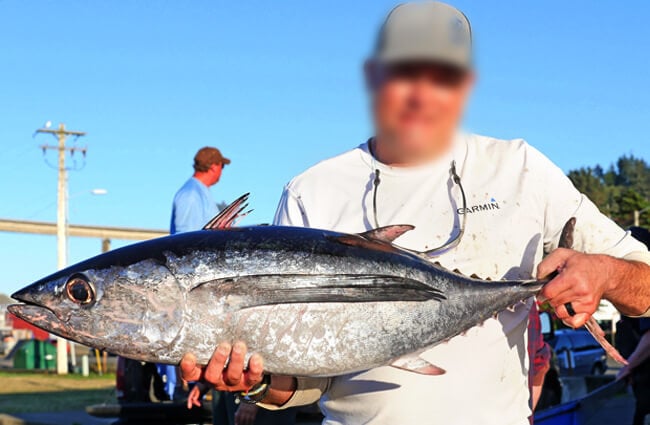
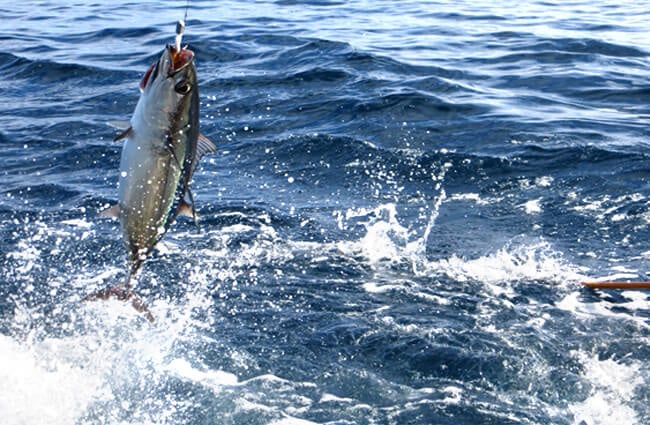

![A good catch of Albacore, c 1931 During spawning, Albacore females produce up to 2.6 million eggs Albacore, c 1931 Photo by: Queensland State Archives [public domain] https://creativecommons.org/licenses/by/2.0/](https://animals.net/wp-content/uploads/2020/02/Albacore-1-650x425.jpg)
![Big game trolling for Albacore Big Game Trolling For Albacorephoto By: Alcustom Boats [Public Domain]Https://Creativecommons.org/Licenses/By/2.0/](https://animals.net/wp-content/uploads/2020/02/Albacore-2-1-162x141.jpg)
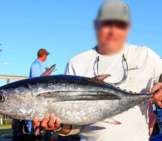
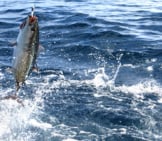
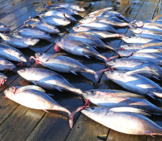
![A good catch of Albacore, c 1931 During spawning, Albacore females produce up to 2.6 million eggs Albacore, C 1931 Photo By: Queensland State Archives [Public Domain] Https://Creativecommons.org/Licenses/By/2.0/](https://animals.net/wp-content/uploads/2020/02/Albacore-1-162x141.jpg)
![Red Angus Closeup of a beautiful Red Angus cowPhoto by: U.S. Department of Agriculture [pubic domain]https://creativecommons.org/licenses/by/2.0/](https://animals.net/wp-content/uploads/2020/03/Red-Angus-4-238x178.jpg)












![Red Angus Closeup of a beautiful Red Angus cowPhoto by: U.S. Department of Agriculture [pubic domain]https://creativecommons.org/licenses/by/2.0/](https://animals.net/wp-content/uploads/2020/03/Red-Angus-4-100x75.jpg)

